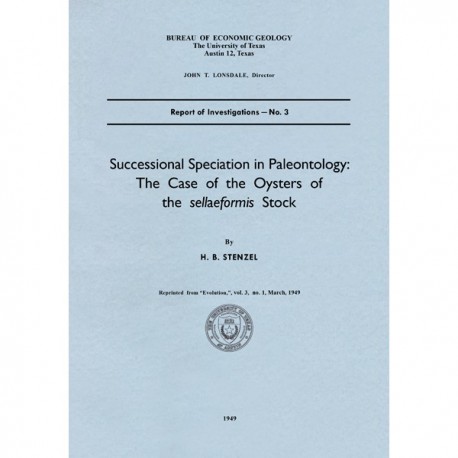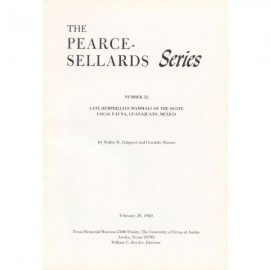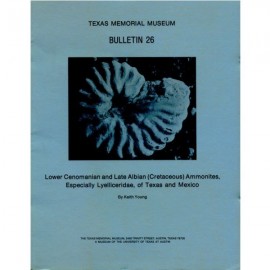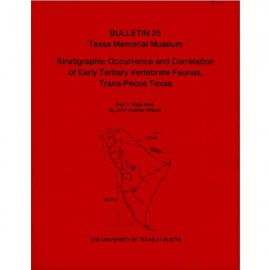Reports of Investigations
-
Books & Reports
- Reports of Investigations
- Guidebooks
- Udden Series
- Geological Circulars
- Down To Earth
- Atlases of Major Oil and Gas Reservoirs
- Texas Memorial Museum Publications
- Environmental Geologic Atlas of the Texas Coastal Zone
- Mineral Resource Circulars
- Other Reports
- Seminars and Workshops
- Handbooks
- Submerged Lands of Texas
- Symposia
- Annual Reports
- Open File Reports
-
Maps & Cross Sections
- Thematic Maps
- Miscellaneous Maps, Charts & Sections
- Geologic Atlas of Texas
- STATEMAP Project Maps
- Geologic Quadrangle Maps
- Cross Sections
- Highway Geology Map
- Energy and Mineral Resource Maps
- Shoreline Change and Other Posters
- Wilcox Group, East Texas, Geological / Hydrological Folios
- Bouguer Gravity Atlas of Texas
- River Basin Regional Studies
- Featured Maps
- Posters
- Teachers & the Public
-
Geological Society Publications
- Gulf Coast Association of Geological Societies
- Alabama Geological Society
- Austin Geological Society
- Corpus Christi Geological Society
- Houston Geological Society
- Lafayette Geological Society
- Mississippi Geological Society
- New Orleans Geological Society
- South Texas Geological Society
- GCS SEPM Publications
- Historic BEG & UT Series

Successional Speciation in Paleontology: The Case of the Oysters of the Sellaeformis Stock
RI0003
Successional Speciation in Paleontology: The Case of the Oysters of the Sellaeformis Stock, by H. B. Stenzel. 17 p., 8 figs. Reprinted from Evolution, v. 3, no. 1, March 1949. Print Version.
A free, digital version of this publication can be found on: Texas ScholarWorks
This product is no longer in stock
RI0003. Successional Speciation in Paleontology: The Case of the Oysters of the Sellaeformis Stock, by H. B. Stenzel. 17 p., 8 figs. Reprinted from Evolution, v. 3, no. 1, March 1949.
Excerpted:
The successional mode of speciation of Julian Huxley (1942) may be defined as gradual transformation of one species into a successor species, or several of them, during the course of geologic time without primarily involving geographic, ecologic, or adaptive segregation. The purpose of this paper is to present a particular case of such a mode of speciation and to discuss problems involved therein. The example chosen is the stock of Cubitostrea sellaeformis (Conrad) [Mollusca, Pelecypoda], which contained 4 separate successional species of oysters and lived in Middle Eocene time in the ancient Gulf of Mexico.
Keywords: oysters, paleontology, speciation, mollusks, Eocene, Gulf of Mexico
Citation
Stenzel, H. B., 1949, Successional Speciation in Paleontology: The Case of the Oysters of the Sellaeformis Stock: The University of Texas at Austin, Bureau of Economic Geology, Report of Investigations No. 3, 17 p.




